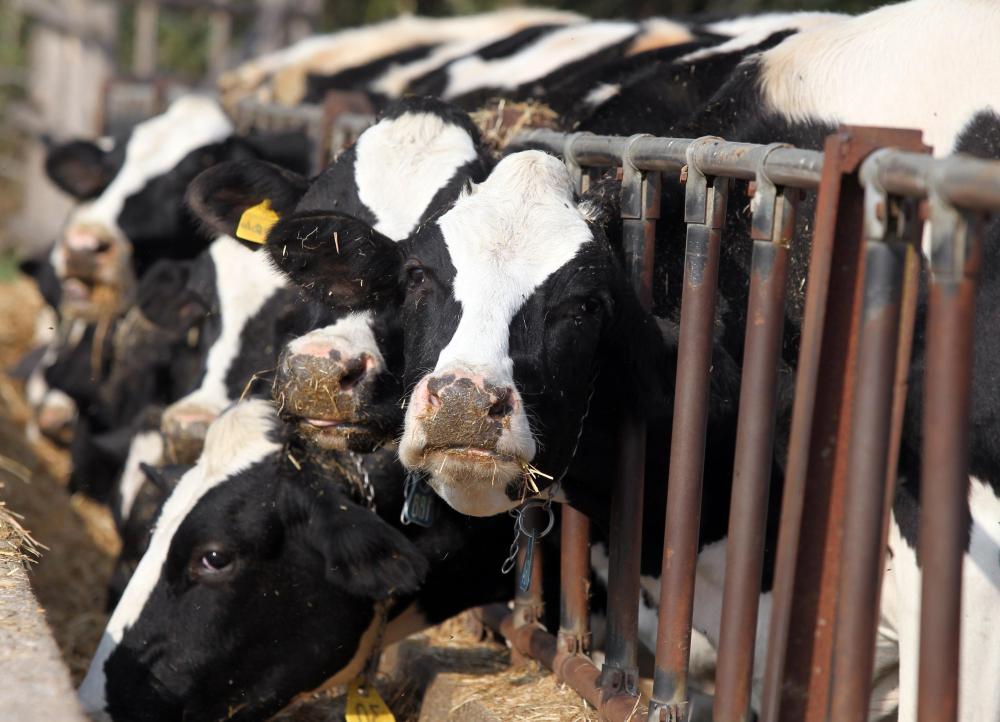At HomeQuestionsAnswered, we're committed to delivering accurate, trustworthy information. Our expert-authored content is rigorously fact-checked and sourced from credible authorities. Discover how we uphold the highest standards in providing you with reliable knowledge.
What is Lespedeza?
Lespedeza is a kind of legume plant, belonging to the pea family. It grows in the United States, Asia and Australia. The name Lespedeza denotes a genus containing about 30 species for flowering plants. A botanist who discovered it growing in the United States named it after a Spanish Governor of Florida who had helped him in his research. Farmers often grow it for animal feed or use it to rest the soil between small grain crops.
The plant is also called Japanese clover. Botanists believe it was transported from Japan to the United States sometime in the early 1800s. Lespedeza can grow in warm temperate to subtropical climates.
If cut off at the top, Lespedeza will stop growing up and spread out instead. When left to grow naturally, it is usually bush-like or stalky. The leaves are generally heart shaped. Flowers range in color from purple to light pink.

Seeds germinate in early spring, but seedlings grow slowly until June. The more hours of sunlight in a day, the better the plants will grow. They are drought resistant, especially in seedling form. Frost will kill these plants, however, so they should not be planted until after the last frost of the spring.
Since it reseeds itself and is able to spread along the ground, Lespedeza is sometimes considered an invasive weed. Despite this, it is sometimes grown as an ornamental plant. More commonly, the plant is grown by farmers for feed or to reinvigorate the soil during crop rotation.

Crop rotation is a system of planting that prevents soil from being stripped of its nutrients due to multiple plantings. Before crop rotation became standard practice, fields would become unusable over the years as the crops pulled nutrients from the soil faster than they could be naturally replenished. Legume plants are often used in crop rotation because they take nitrogen from the air and deposit it in the soil. Like most legumes, Lespedeza does not grow well in nitrogen-rich soil.

In addition to crop rotation, farmers also grow Lespedeza for pasture or to be cut as hay. Overall, the plant will provide less hay than alfalfa or clover, but it does have its advantages. First, it is less expensive to produce. Second, it provides quality pasture during the height of summer, when other pasture crops do not thrive.
Lespedeza is an ideal feed plant for sheep and cattle. It is good for dairy cattle but should be used with caution. Evidence suggests that eating the plant after it has bloomed causes decreased milk production in lactating cows.
AS FEATURED ON:
AS FEATURED ON:













Discuss this Article
Post your comments